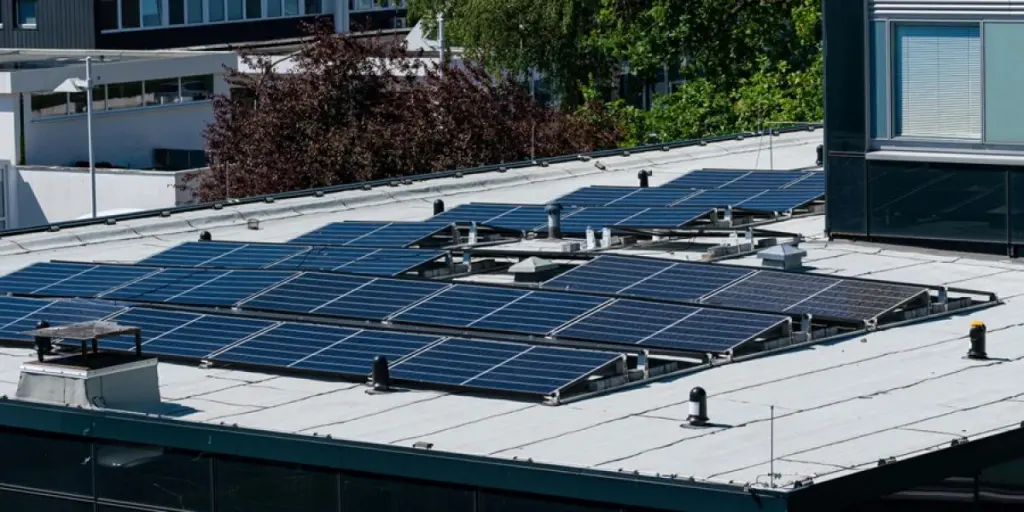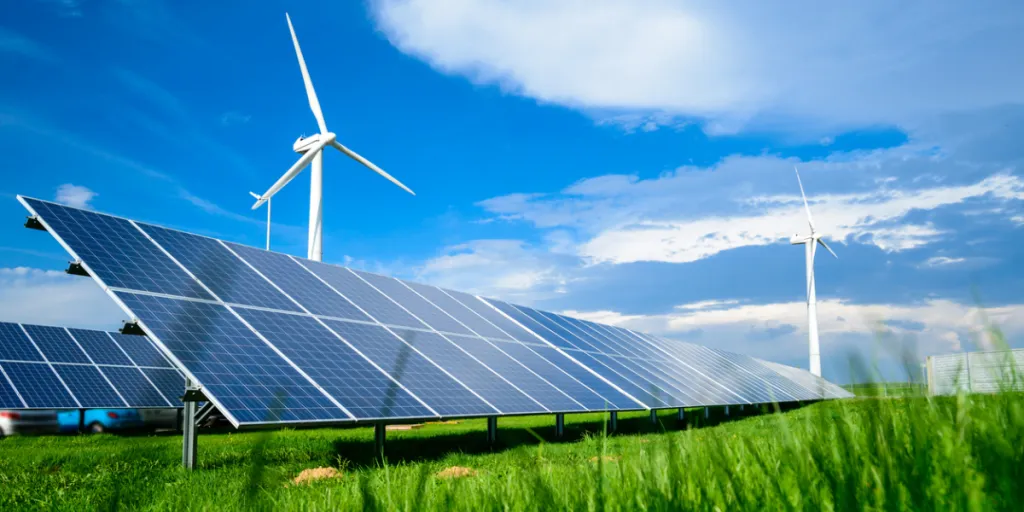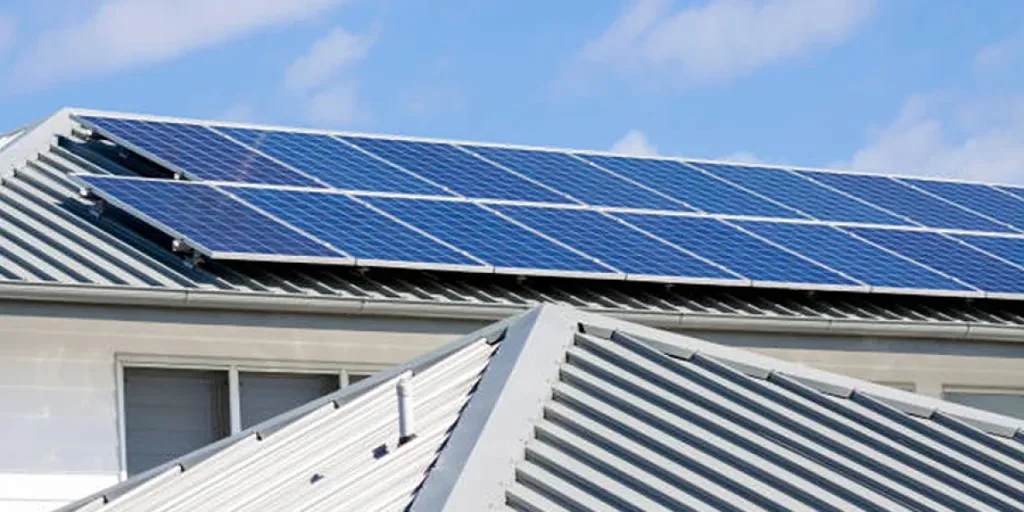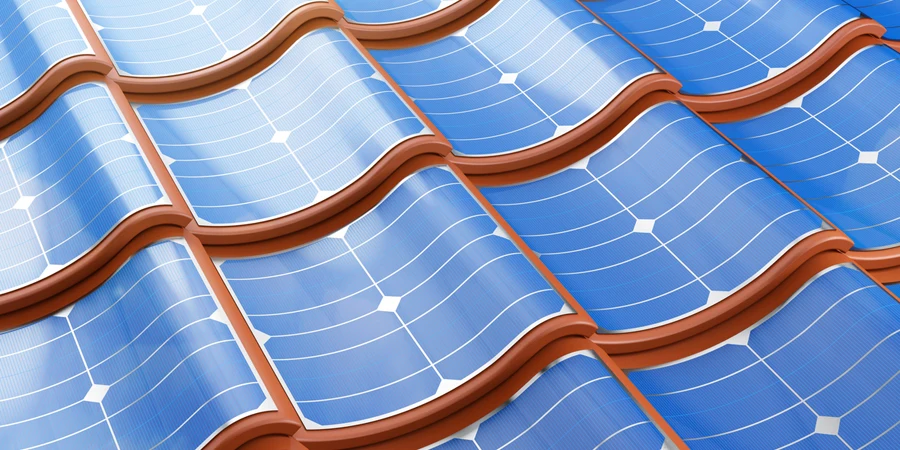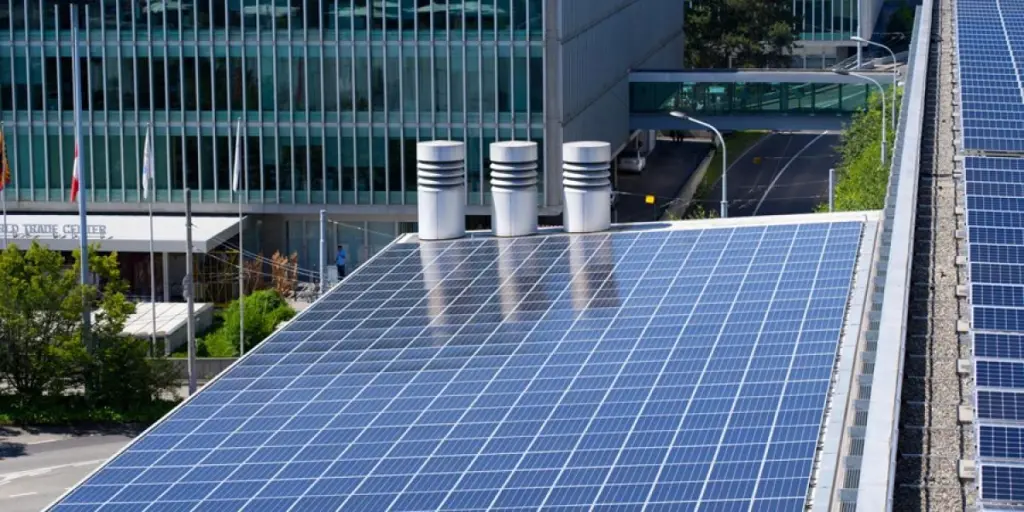Hydrogen, the simplest yet most abundant element in the universe, is incredibly versatile, and has most recently been harnessed in hydrogen fuel cells via an electrochemical process that combines hydrogen and oxygen to produce water and gas. These cells can potentially solve some of the most pressing energy-related problems. While the debate continues about the pros and cons of hydrogen fuel cells, it is not disputed that hydrogen is an eco-friendly alternative to fossil fuels that can provide high-density power for many industrial plants and transportation modes.
Here, we’ll dive into how hydrogen fuel cells stand to change the future of power utilization and how businesses stand to benefit from this evolution.
Table of Contents
Global market for hydrogen fuel cells
Facts surrounding hydrogen-powered fuel cells
Conclusion
Global market for hydrogen fuel cells
The global market for hydrogen fuel cells was worth an estimated USD 6.6 billion in 2021, and fuel cell companies to continue to work on making hydrogen fuel cells lighter, less expensive to produce, and requiring fewer parts.
As such, the market is anticipated to be worth USD 19.5 billion by 2027 and record a CAGR of 21% between 2022 and 2027. The demand for clean energy in certain regions, particularly the Asia-Pacific, is further fueling the growth of the hydrogen fuel cells market, with Japan dominating the expansion of the sector via a range of applications. Other countries where future growth looks to be inevitable include China, Germany, and Korea.
Facts surrounding hydrogen-powered fuel cells
Here are the 10 facts about hydrogen fuel cells that set them apart from other fuel storage systems:
Fuel cells are a clean energy source
Hydrogen fuel cells stand as a clean energy source with little environmental impact. No combustion is involved in storage, and the by-products are only heat and water. In addition, unlike hydropower or biofuel, there is no need for extensive land areas to produce hydrogen.
NASA is even working to use hydrogen as a resource, with the water produced as a by-product being used as drinking water for the astronauts. This fact demonstrates how hydrogen fuel cells are a non-toxic resource, making them superior to coal, nuclear power, or natural gas.
Hydrogen cells have little sound or visual pollution
Like other energy sources, hydrogen fuel cells do not generate excessive noise. Even hydrogen-powered vehicles make less sound than those using conventional internal combustion engines. Traditional vehicle engines involve explosions and moving mechanical parts, while the electrochemical process in fuel cells is quiet and produces minimal mechanical noise. This is one reason why it is estimated that around 20% of the vehicles worldwide will be powered by fuel cells by 2030.
The simple design of fuel cells reduces the need for complex mechanical components that could contribute to visual pollution. The streamlined design of hydrogen cells enhances their visual compatibility via several applications.
Fuel cells are versatile

The versatility of hydrogen fuel cells is also a major factor in their growing adoption. Their applications range from powering vehicles and buildings to portable electronic gadgets and alternate power structures.
Hydrogen fuel cells are also being explored for maritime and aerospace industries. This inclination towards hydrogen-based propulsion aims to reduce emissions and create minimal environmental impact.
Hydrogen-powered cells have fast charging times
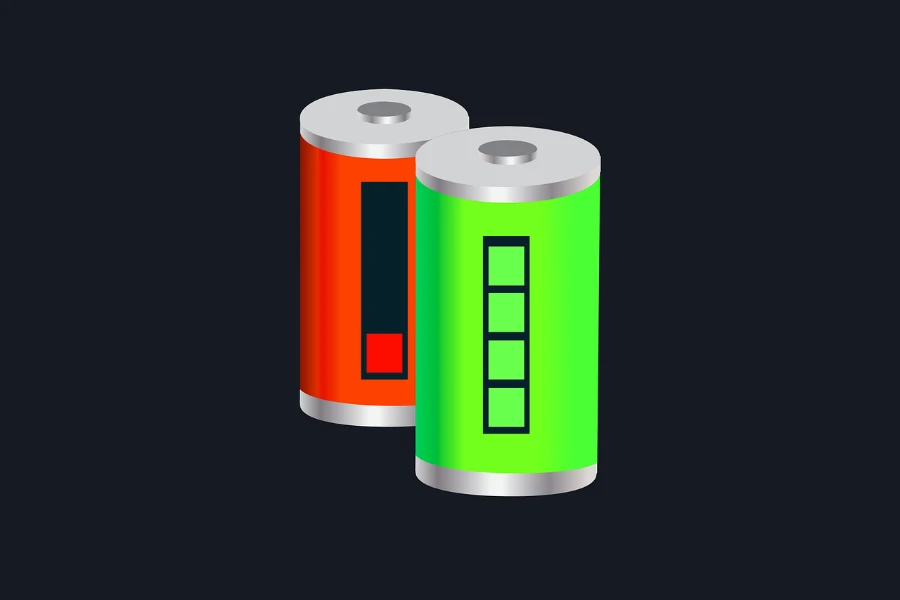
The latest hydrogen fuel cell designs have significantly reduced charging times. This has been achieved by using a semi-cylindrical coil as an internal heat exchanger, cooling the solid hydrogen fuel cell down faster, which in turn helps it charge quicker.
Via this method, the hydrogen charging time was cut by 59% compared to when using a conventional helical coil heat exchanger.
Fuel cells offer long usage duration

The exact lifespan of a fuel cell relies on its usage because batteries drain at different rates according to their applications. For instance, hydrogen fuel cell vehicles can travel an average of 312 and 380 miles before refuelling. The fuel stacks in the cells are designed for lifetime usage, around 150,000 to 200,000 miles. When the lifespan ends, fuel cells can be disassembled, and the components can be recycled.
This duration is more than what electrical vehicles (EVs) offer. The outside temperature doesn’t impact the efficiency of a fuel cell. It doesn’t deteriorate in cold weather like when used in EVs. This perk of hydrogen fuel cells is amplified when combined with their fast charging times.
Hydrogen power cells are more powerful

Fuel cells are a high-density energy source with excellent energy efficiency. Generally, hydrogen has the highest energy content of any common fuel in terms of weight. Liquid hydrogen and high-pressure gases have three times the gravimetric energy density of LNG and diesel, and a volumetric energy that is similar to natural gas.
Fuel efficiency allows for the production of more energy per fuel pound. For instance, a traditional combustion power plant produces electricity at 33-35% efficiency in contrast with 65% of other fuel cells. The same happens with vehicles, where hydrogen fuel cells deploy 40-60% of the energy while offering a 50% cut-off in fuel consumption.
Hydrogen cell technology is ideal for rural communities

Energy plants in many countries are located far from city centers, and distribution networks are needed to ensure that the power is steadily delivered to consumers. Likewise, concrete solutions are needed to provide power to rural communities. Researchers have revealed that extending power to such areas is economically and technically unfeasible.
The simplicity and effectiveness of fuel cells make them a suitable energy resource for rural areas. Their functioning is independent of any moving parts and has a long life, which can be up to 40,000h. Also, these can be stacked to match different power requirements.
Taking advantage of the fact that fuel cells generate heat and power simultaneously, both can be used for different purposes. For example, heat can be extracted and used for heat ventilation and air conditioning (HVAC) equipment. For example, in South Africa, 13% of the energy is used for space heating while 32% is used for hot water.
Fuel cells can work as backup power

Hydrogen fuel cells have become a promising technology for use in backup power applications. Backup power refers to using secondary power sources to provide power in case of a sudden electricity outage. This is critical for infrastructure like data centers, hospitals, and telecommunication networks. Hydrogen power cells provide reliable power for such infrastructure, with high uptime and low maintenance requirements. Many organizations worldwide are deploying fuel cells to make the most of their perks.
Hydrogen cells are portable

Portable power is a must for individuals and organizations working in many fields, and high dependence on huge power structures can cause restrictions in terms of movement. Fortunately, fuel cells have emerged as a solution for these needs. Portable fuel systems weigh less than 10kg and provide power under 5kW.
Smaller micro-fuel cells can be used to power mobile phones and laptops and have benefits related to weight reduction and energy density when compared to lithium-ion batteries. On the other hand, large-scale portable power shows promise for geographically remote applications like weather stations.
Fuel cells can democratize power
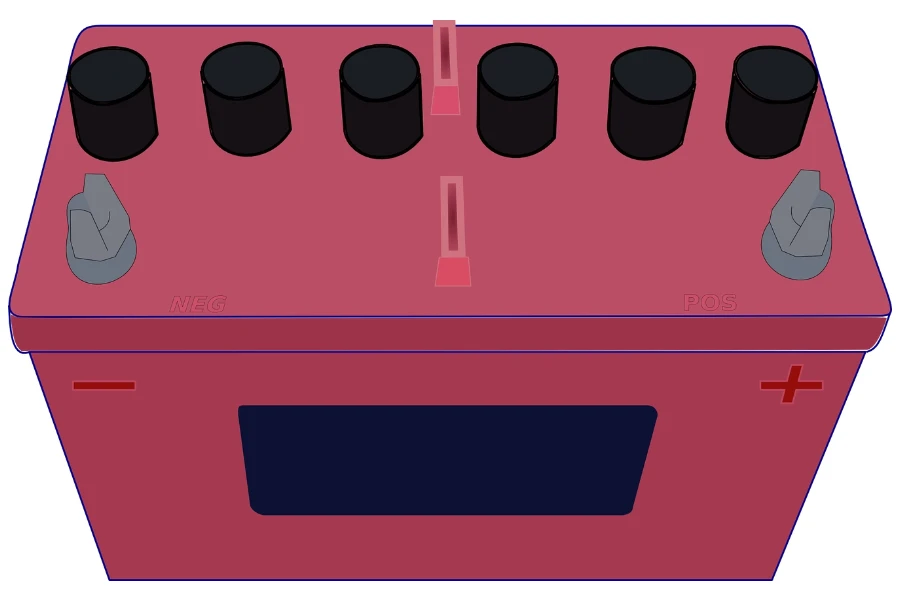
Excessive reliance on fossil fuels to produce power is exhausting energy systems and polluting the environment. Fuel cells allow distributed energy production that helps communities and smaller entities to generate more power. In addition, decreased dependence on centralized power grids can give individuals and local communities more control, helping to reduce the chance of fossil fuel prices spiking in times when stocks become short.
Decentralized power generation with fossil fuels enhances resilience during grid failures or natural disasters, and localized power production means that critical facilities and services can continue functioning even when the centralized grid is disrupted.
Conclusion
Ongoing research focuses on identifying and developing fuel cell technology to reduce cost and expand the lifespan of fuel cell stack components like catalysts, membranes, bipolar plates, and membrane-electrode assemblies. The high-volume manufacturing processes and low costs will also make fuel cell structures cost-competitive with conventional technologies.
These types of improved fuel cells are increasingly helping to power communities and in power-needy industries. As the technology improves, we’re likely to see it harnessed across even more sectors of society.
If you’re looking to source the latest fuel cell technology, browse thousands of options from trusted suppliers on Alibaba.com.



